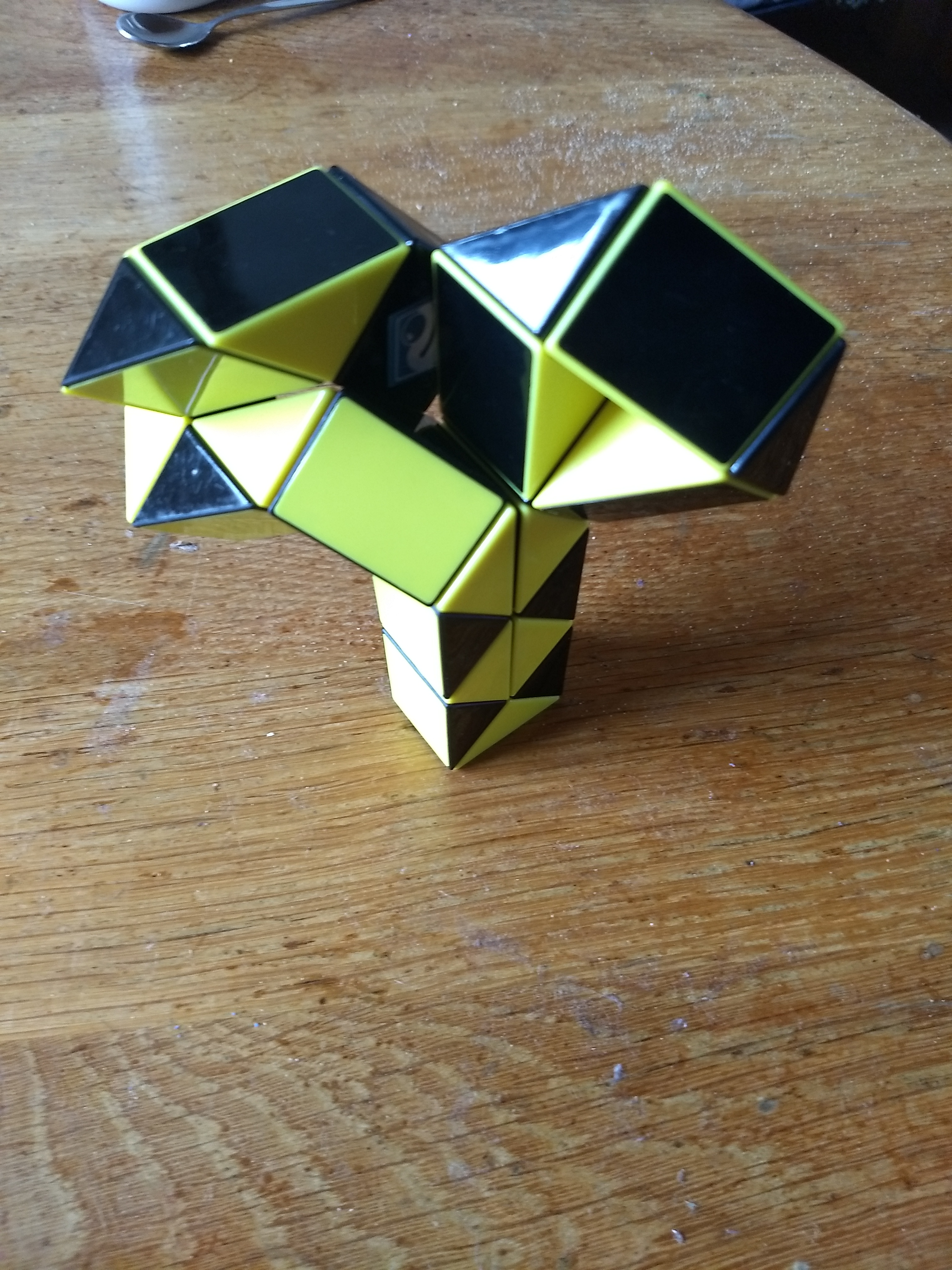Mazes or Labyrinths are among the oldest problems in human history. The word labyrinth comes straight from the Greek word λαβύρινθος, pronounced labyrinthos. This post is intended to give a brief overview, it is impossible to capture all knowledge on mazes in a single book, let alone in a single blog post.
The oldest labyrinth known was an elaborate structure designed and built by the legendary artificer Daedalus for King Minos of Crete at Knossos. Its function was to hold the Minotaur, a mythical creature that was half man and half bull and was eventually killed by the Athenian hero Theseus. Daedalus had made the Labyrinth so cunningly that he himself could barely escape it after he built it.[1] Theseus was aided by Ariadne, who provided him with a skein of thread, literally the “clew”, or “clue”, so he could find his way out again.
Another ancient Greek example is scratched on the back of clay accounting tablet at Pylos, Greece, in approx 1200 BC. See for example https://bloggermymaze.files.wordpress.com/2013/06/kre-mini.jpg
 |
| The hedge maze at VanDusen Botanical Garden in Vancouver, Canada., Photo by Stan Shebs, CC BY-SA 3.0 license |
In the late Renaissance garden mazes became popular, and this popularity has remained over the centuries.
A word about the terminology: I regard the words “maze” and “labyrinth” as synonyms. Some say a maze should be branched, and a labyrinth unicursal that is, having one path from start to finish, but I find insufficient historical proof for such usage. After all, the labyrinth in the Greek story above must have been branched, else why should he need a thread to get out? In this post i will concentrate on branched mazes, as unicursal mazes may be fascinating for some people, but this blog is about puzzles, and I don’t see a unicursal labyrinth as a puzzle. Greek labyrinths have also appeared on coins, as early as 430 B.C.

The coin depicted is a Silver stater, Knossos, 300-270 BC. Νumismatic Museum, Athens, Greece.
According to the German language wikipedia, there have been four phases in garden labyrinths:
Late renaissance period
Often detailed by flowers, and from a terrace the visitors could look over the entire maze, solving it with their eyes. Most of these labyrinths no longer exists, though some of their plans have been handed down the ages.
The earliest gardens with fences come up at the end of this period, such as the gardens designed by the protestant preacher Johann Peschel in 1576 in the town Grüningen.
The German language wikipedia shows this example of a stone-path labyrinth at Castle Reichenfels

And another example:

Baroque
The love of art and complexity produced some beautiful garden mazes. An old example is at Hampton Court.

English gardens
This period started in the early 18th century. The mazes looked naturally, with rocks, sand, bushes and trees.
Mazes are still popular. Warren Stokes maintains a blog posting one new maze a day. With his permission, here is one of his creations:

Sources and further reading
German language article on labyrinths
English language article on labyrinths
History of Mazes and Labyrinths, by Jo Edkins
a maze ing art
This post took a long time. I started writing it in May, 2012. I staid dormant for years. It as only when I created a book with mazes for children for our grandson, that I remembered this post.









































